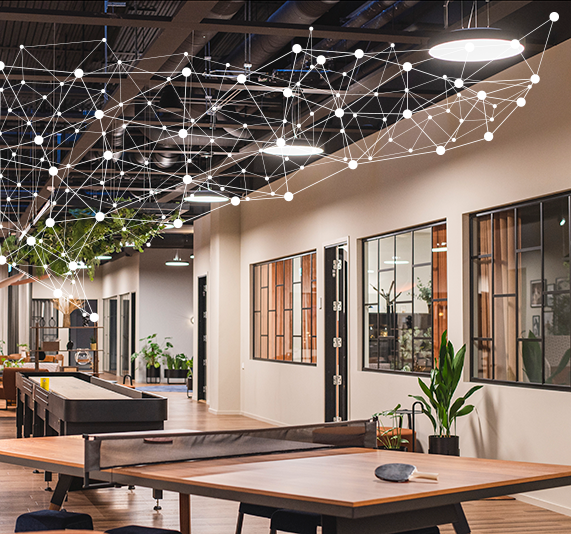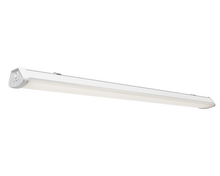Implementing modern LED lighting with advanced control systems is an effective approach to reduce energy consumption, minimize CO2 emissions, and lower electricity bills, all while fostering a safer and more productive work environment. However, in many industrial settings, upgrading to such lighting solutions can quickly become complex. Challenges arise from high ceilings, round-the-clock production lines, immovable machinery, and hard-to-access surfaces, making the installation of a new lighting solution a cumbersome and costly endeavor. A significant obstacle lies in the necessity of installing new cabling to upgrade from a basic on/off system to a DALI control system.
Fortunately, a smarter alternative exists. By utilizing smart wireless control with Bluetooth technology, the need for additional cabling can be eliminated. The luminaires are equipped with built-in nodes or chips that wirelessly communicate with each other, forming a comprehensive lighting system immediately after installation, without the requirement of control cables. Simply mount the luminaires, activate the power, and your new lighting system is ready to go. It couldn't be simpler!
Thomas Eliasson, an expert in control solutions for various facilities, highlights the advantages of smart control systems for industrial applications. "The main challenge in modernizing lighting in industries has always been the substantial costs involved. The installation of control wiring is time-consuming and adds to the expense. However, wireless control eliminates this aspect entirely, providing a more cost-effective solution."
There are various smart control options and methods and options available. Aura Light offers control systems from Casambi and Helvar's ActiveAhead integrated into a selection of luminaires. Eliasson explains two possibilities: "You can opt for luminaires with built-in sensors in each unit, connected to a network via Bluetooth mesh. This setup ensures comprehensive coverage. If one luminaire malfunctions, the rest can still communicate through alternative paths. Another option is to add standalone sensors that connect and control the remaining fixtures. For example, placing one of these sensors at the beginning of a warehouse corridor allows grouping of the luminaires in that corridor. As a result, the entire corridor is adequately lit, ensuring illumination precisely where it's needed."
Simplicity is a key aspect when it comes to smart control, according to Thomas: "In addition to quick installation, configuring the lighting according to specific requirements is remarkably easy. With the accompanying mobile app, end users can easily adjust settings such as timing and intensity to their preference. If additional luminaires need to be incorporated, no extra equipment is necessary; simply add them to the existing setup."





